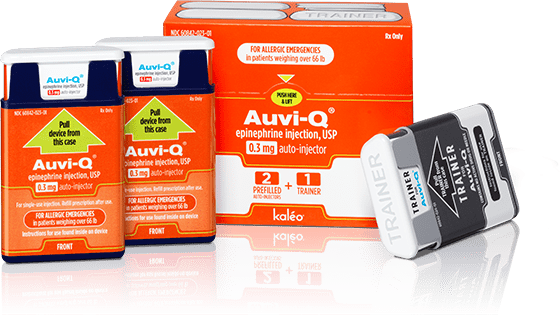Eggnots:
To dye or not to dye Ester eggs- that is the question! I’ve always personally dreaded dying Easter eggs, although my children seem to have enjoyed it. First of all, boiling eggs. Yes- seems easy and straight-forward enough. However, even with an egg timer, I’m constantly wondering if they are done enough. I often boil the water too long, and an egg breaks, which creates a bit of a mess. Then there’s the inevitable ‘oops’ as at least one egg rolls off the counter onto the floor. Then, after the fun and the kids are long gone, the mess is cleaned up, and the eggs are safely put away in the refrigerator, the reality sets in. I am going to be eating AND smelling boiled eggs for the next month!
Or- I can choose an alternative called eggnots. Eggnots is a dyeable ceramic replacement for traditional Easter eggs. This is a great alternative for vegan families and for kids with egg allergies. I love the fact that they are ceramic, dyeable, and non-perishable. They can be displayed proudly on the kitchen table as part of your Easter decor, instead of being tucked away in your refrigerator mere seconds after dying ‘real’ eggs. I wish I would have come across this product years ago, before my children grew into teen/pre-teen non-believers of magical beings!






 gue Baseball teams are now offering ‘peanut controlled’ baseball games at their venues. This concept is quite refreshing, and is a positive step towards the inclusion and awareness of food allergies in the sports community.
gue Baseball teams are now offering ‘peanut controlled’ baseball games at their venues. This concept is quite refreshing, and is a positive step towards the inclusion and awareness of food allergies in the sports community. Allergy immunotherapy is a form of long-term treatment that decreases symptoms for many people with allergic rhinitis, allergic asthma, conjunctivitis (eye allergy) or stinging insect allergy.
Allergy immunotherapy is a form of long-term treatment that decreases symptoms for many people with allergic rhinitis, allergic asthma, conjunctivitis (eye allergy) or stinging insect allergy. Allergies are an overreaction of a person’s immune system to an allergen, an otherwise harmless protein that has no effect on a non-allergic person. Common sources of inhaled allergens are tree, grass and weed pollen, mold spores, dust mites, cockroaches, cats, dogs, birds, cows, horses, rabbits and rodents. The overreaction of the immune system that results from contact with one or more of these inhaled allergens may cause annoying symptoms like coughing, sneezing, itchy eyes, runny nose, and scratchy throat. A person will often have allergies to more than one allergen.
Allergies are an overreaction of a person’s immune system to an allergen, an otherwise harmless protein that has no effect on a non-allergic person. Common sources of inhaled allergens are tree, grass and weed pollen, mold spores, dust mites, cockroaches, cats, dogs, birds, cows, horses, rabbits and rodents. The overreaction of the immune system that results from contact with one or more of these inhaled allergens may cause annoying symptoms like coughing, sneezing, itchy eyes, runny nose, and scratchy throat. A person will often have allergies to more than one allergen.
 In honor of the upcoming World Autism Awareness Day on April 2, I wanted to share some information regarding autism spectrum disorders (ASD) and food allergies.
In honor of the upcoming World Autism Awareness Day on April 2, I wanted to share some information regarding autism spectrum disorders (ASD) and food allergies. Have you ever eaten an apple and had an itchy mouth or throat? Or perhaps you’ve eaten a big watermelon chunk, and you’re ears feel tingly inside. (This is what happens to me with watermelon. It’s very annoying to think you’re eating healthy, only to be plagued with itchy inner-ears.) The reason for this is likely Oral Allergy Syndrome. It is also called pollen-food allergy syndrome. These symptoms; itching, tingling, and swelling of the mouth, lips, and throat and sometimes itchy ears; happen because your immune system can’t tell the difference between the proteins in these food and pollen.
Have you ever eaten an apple and had an itchy mouth or throat? Or perhaps you’ve eaten a big watermelon chunk, and you’re ears feel tingly inside. (This is what happens to me with watermelon. It’s very annoying to think you’re eating healthy, only to be plagued with itchy inner-ears.) The reason for this is likely Oral Allergy Syndrome. It is also called pollen-food allergy syndrome. These symptoms; itching, tingling, and swelling of the mouth, lips, and throat and sometimes itchy ears; happen because your immune system can’t tell the difference between the proteins in these food and pollen.